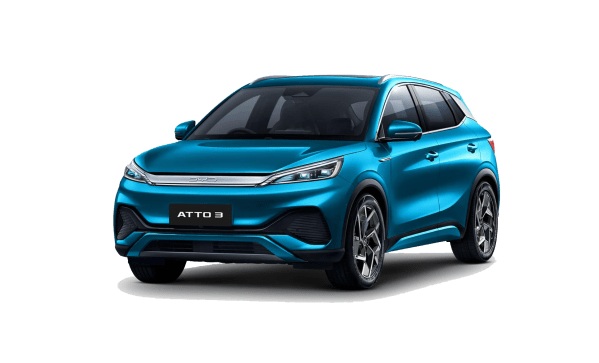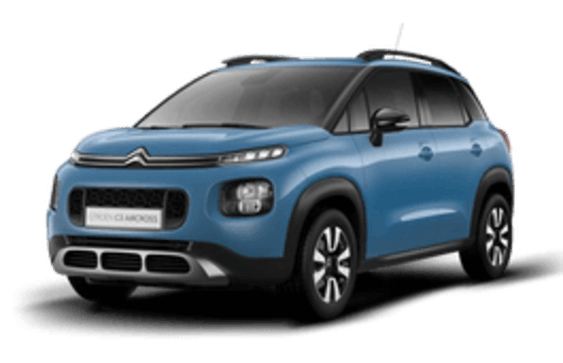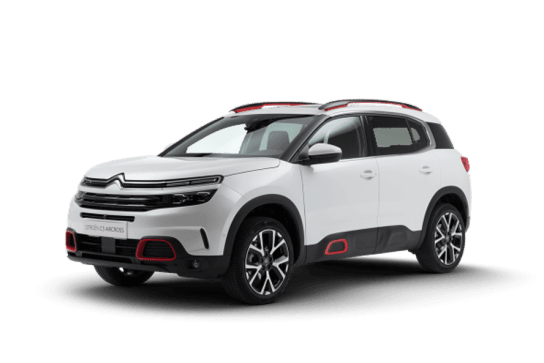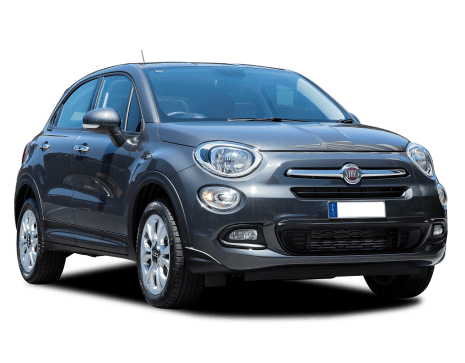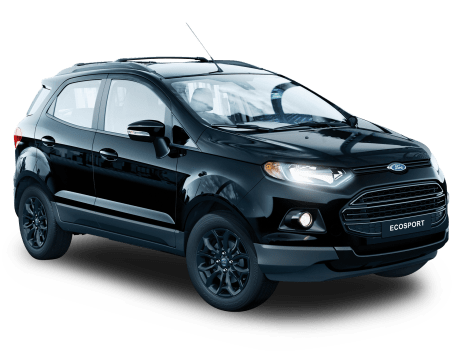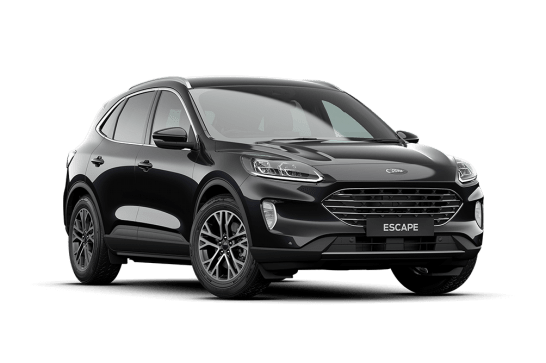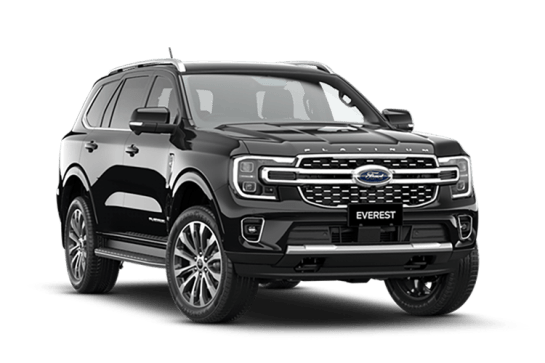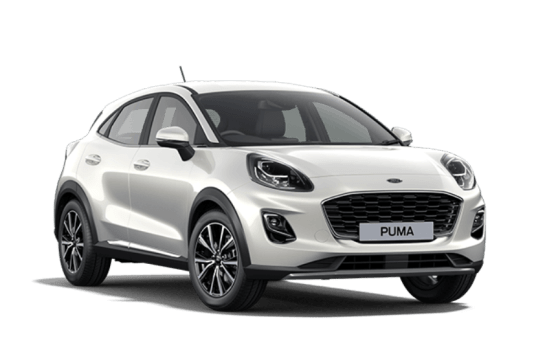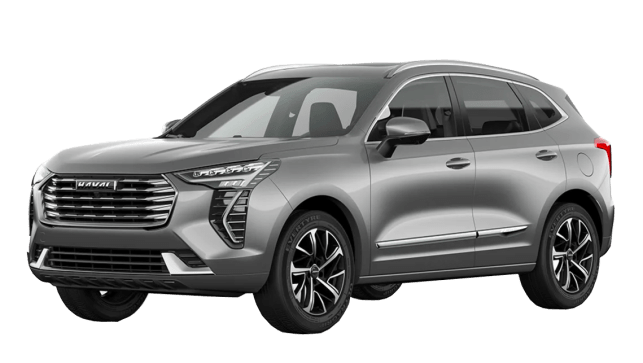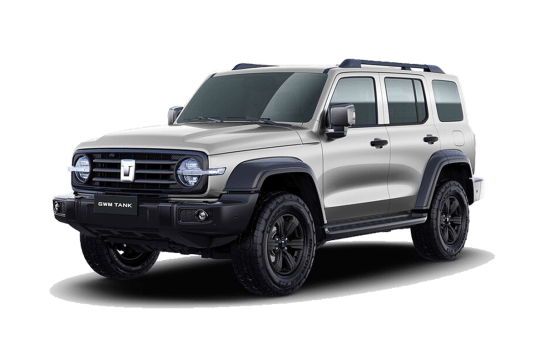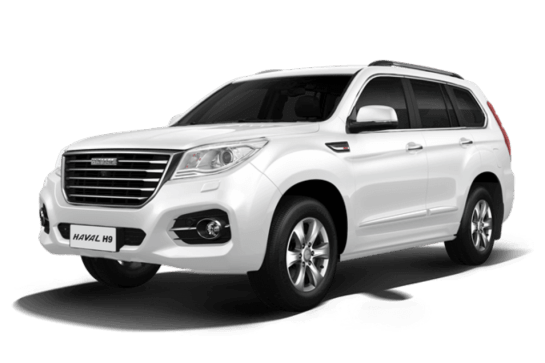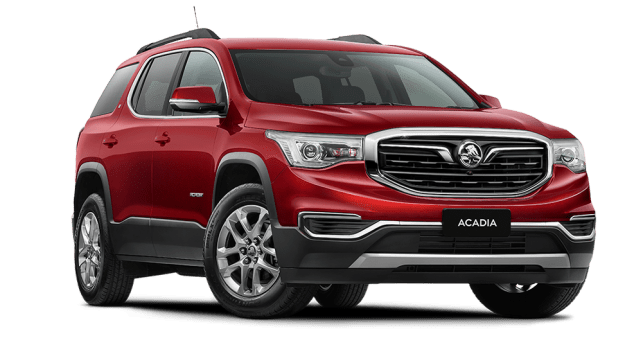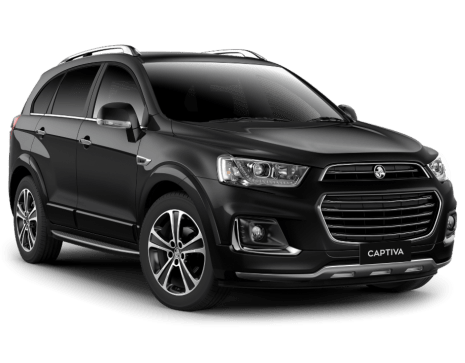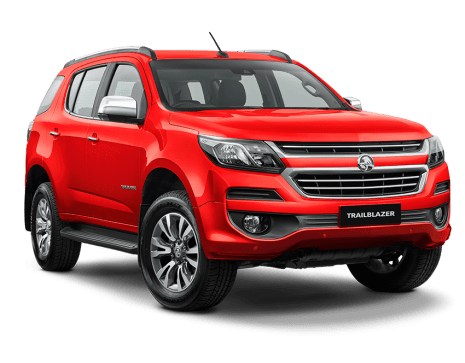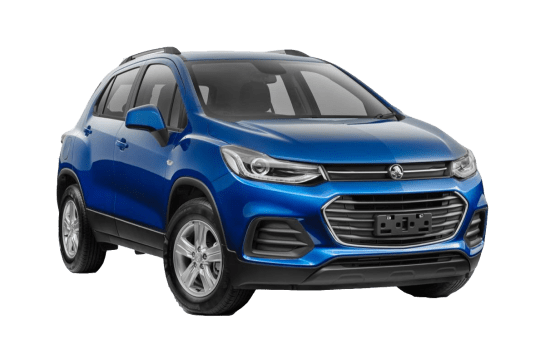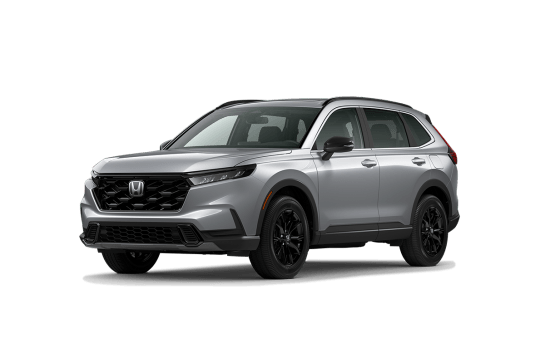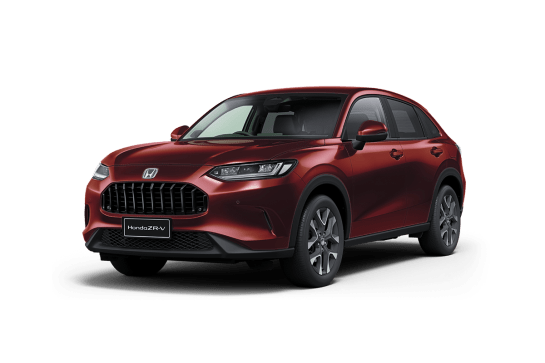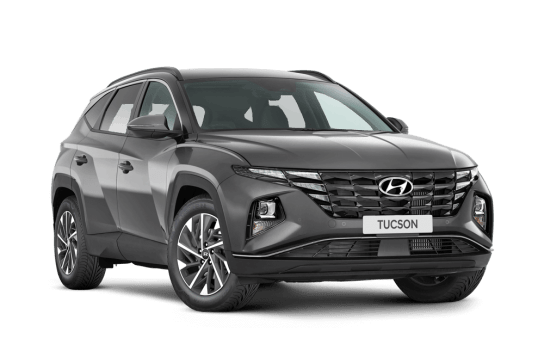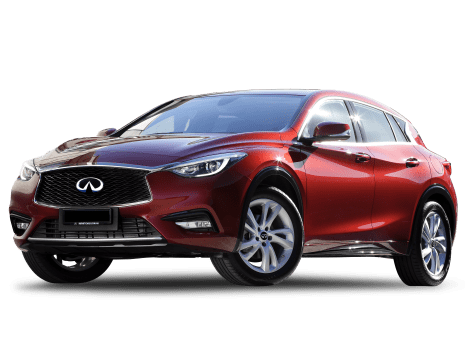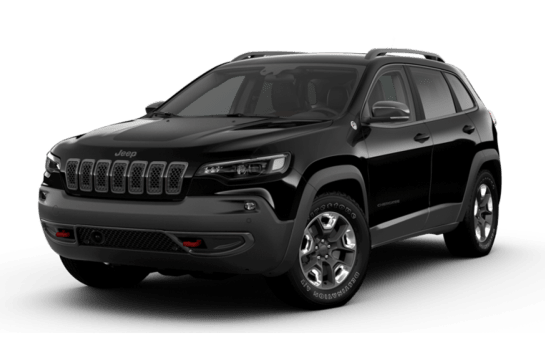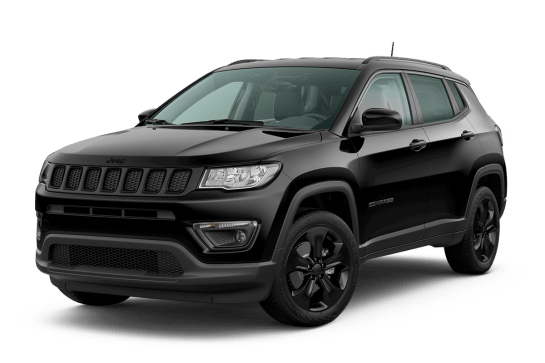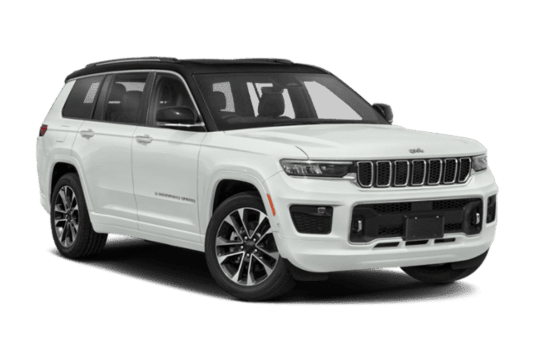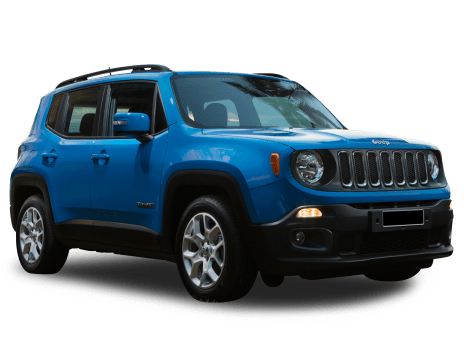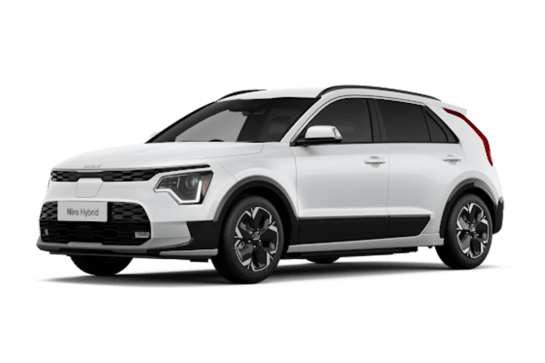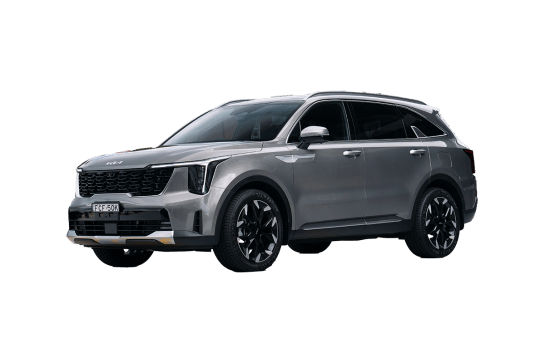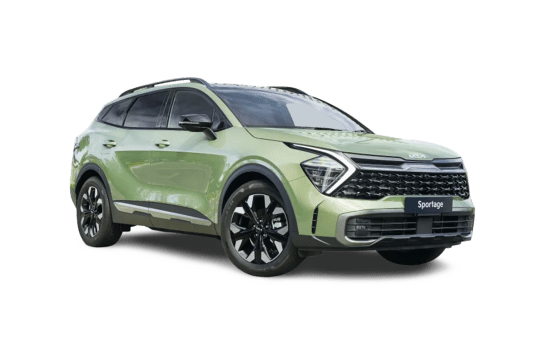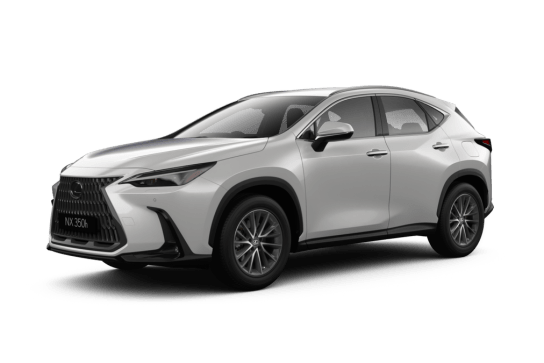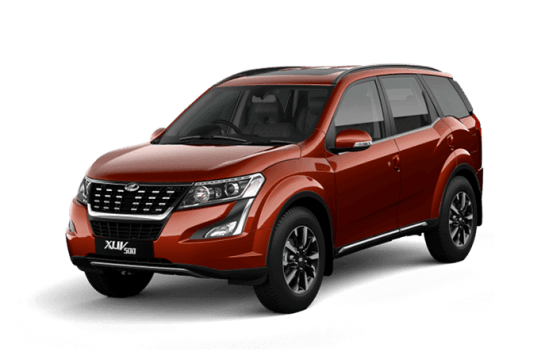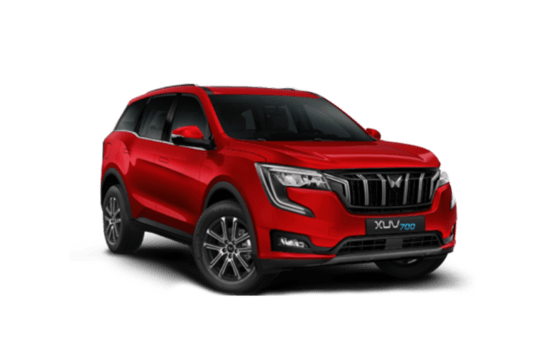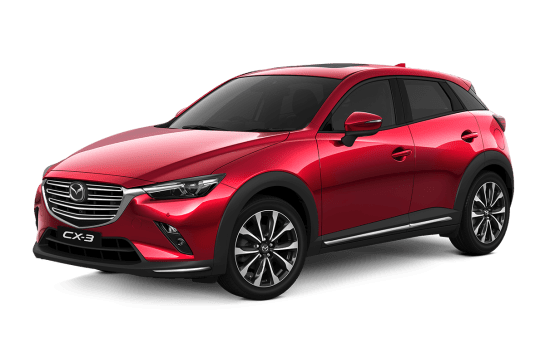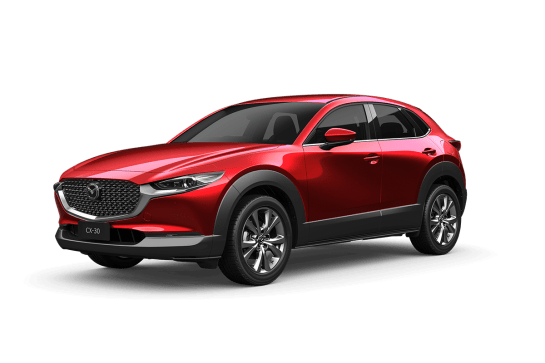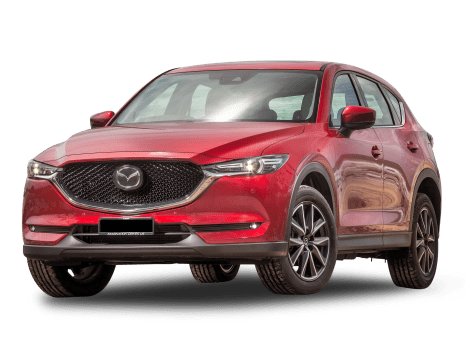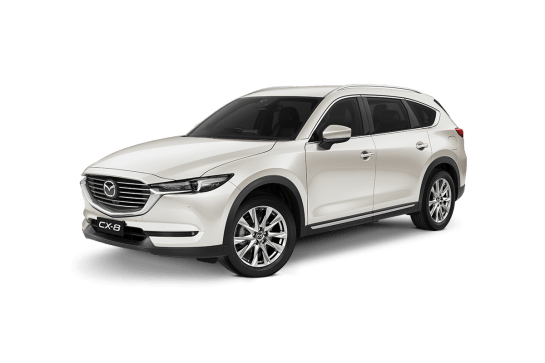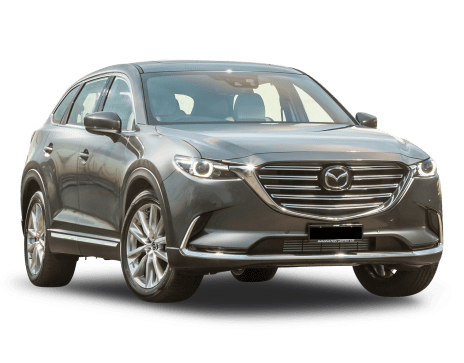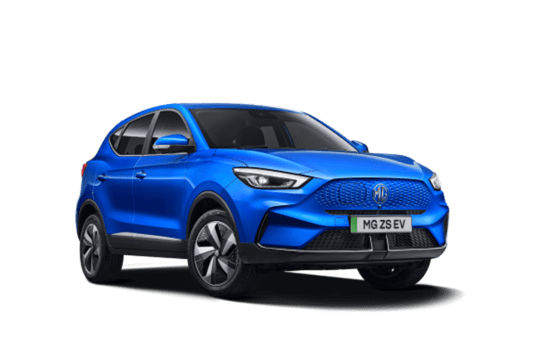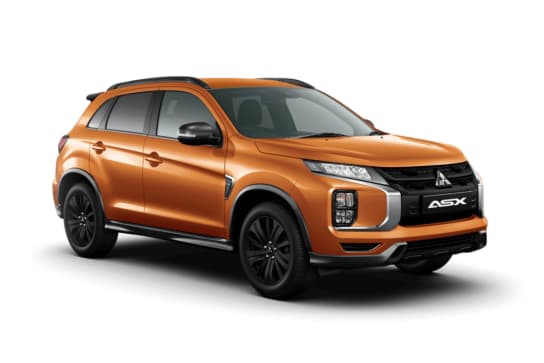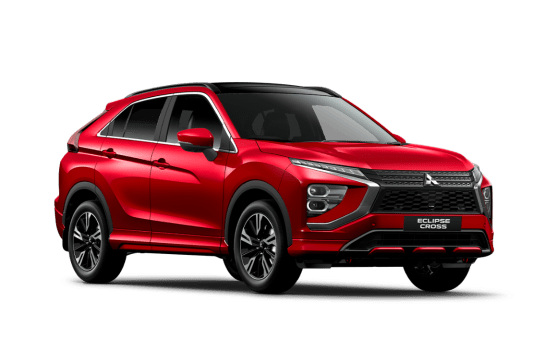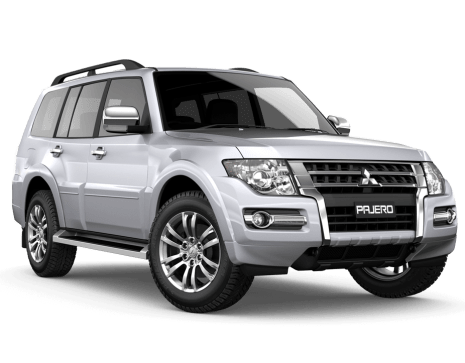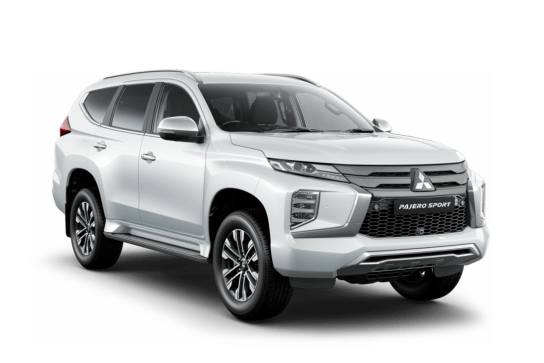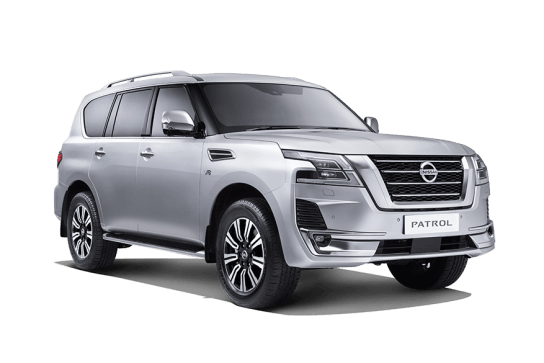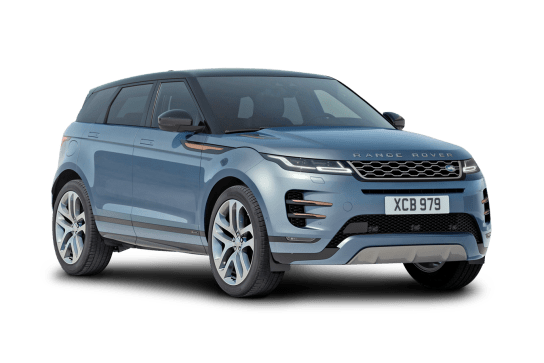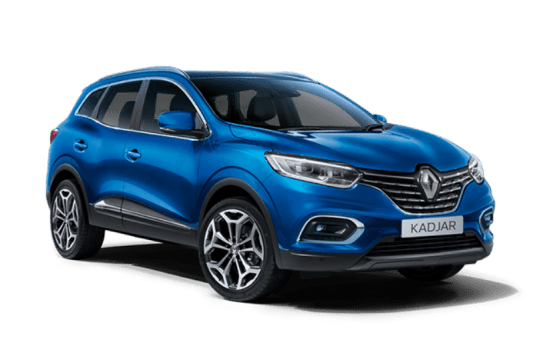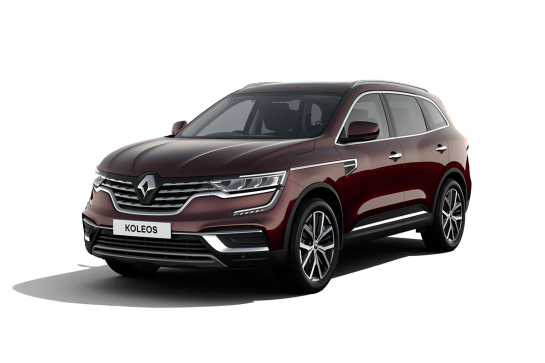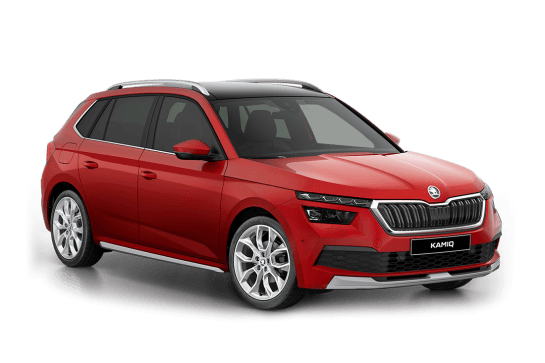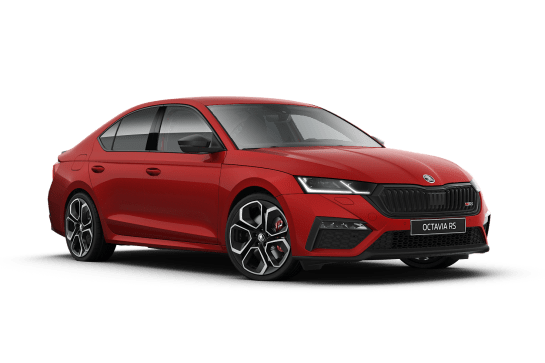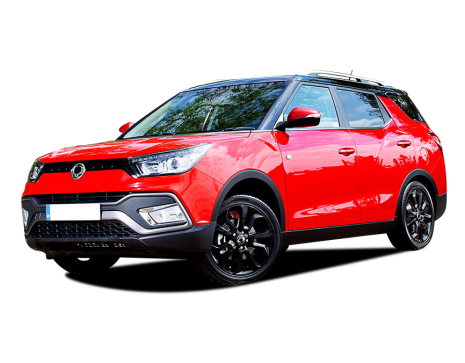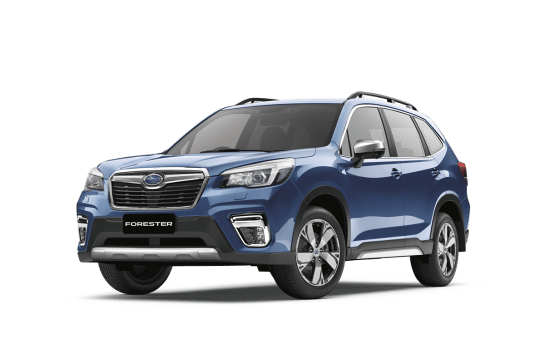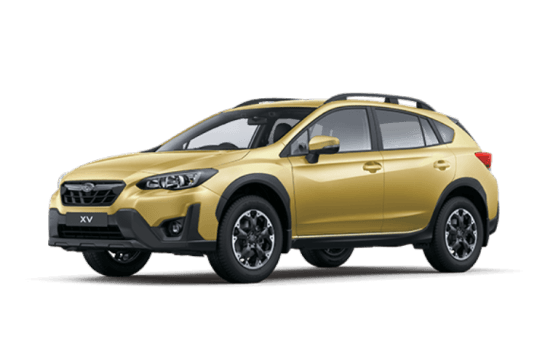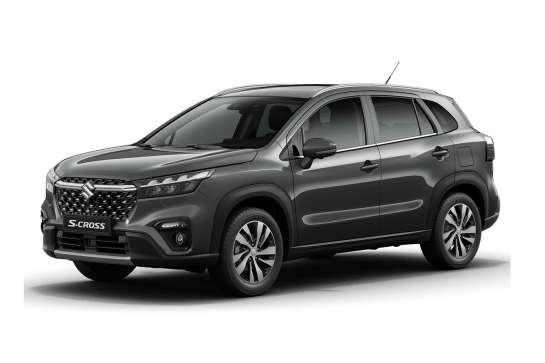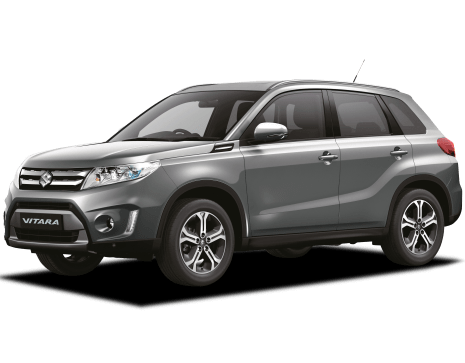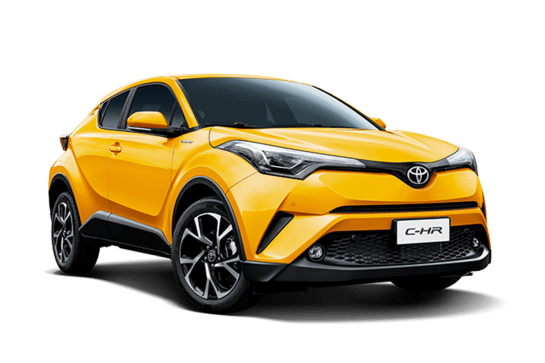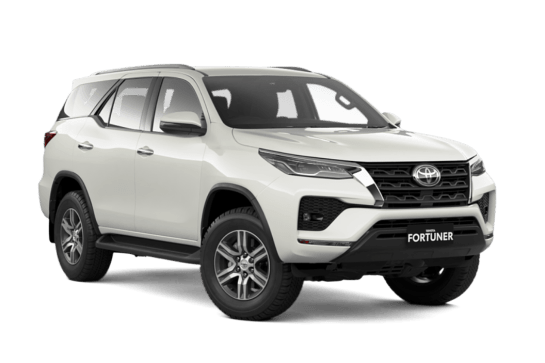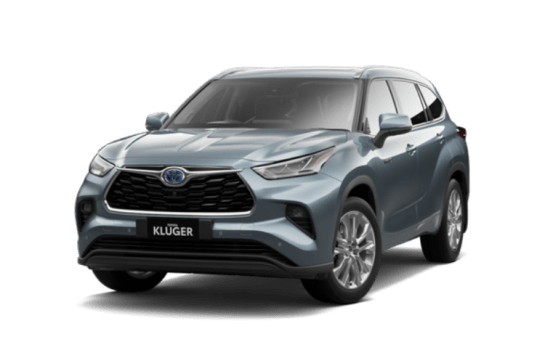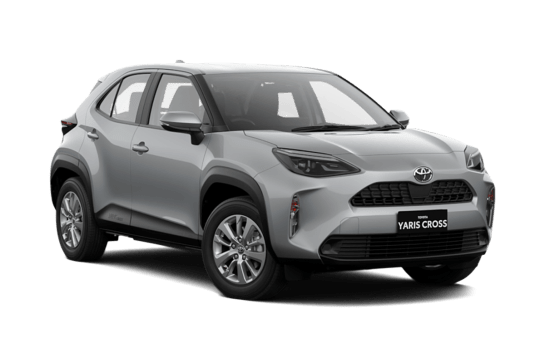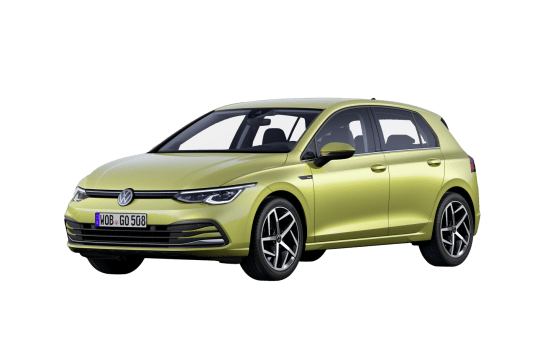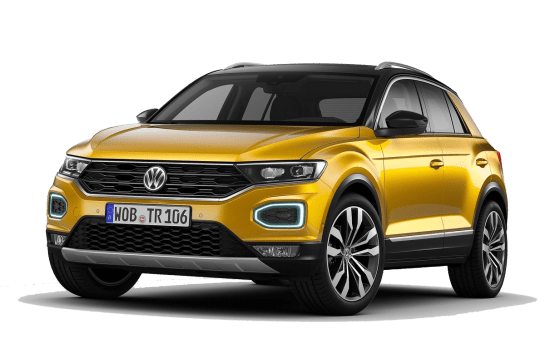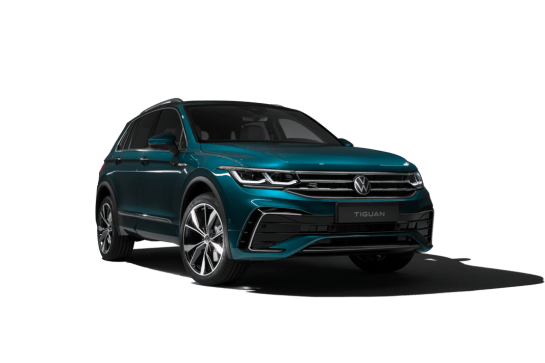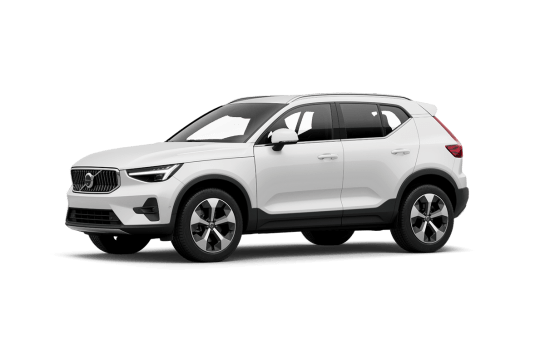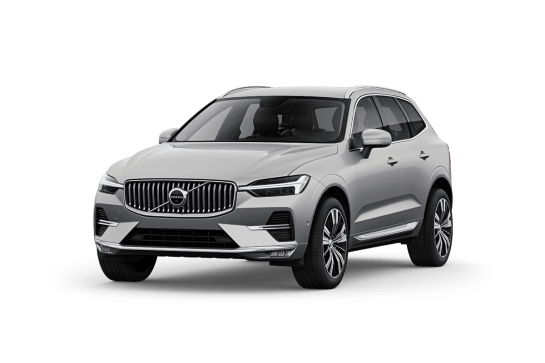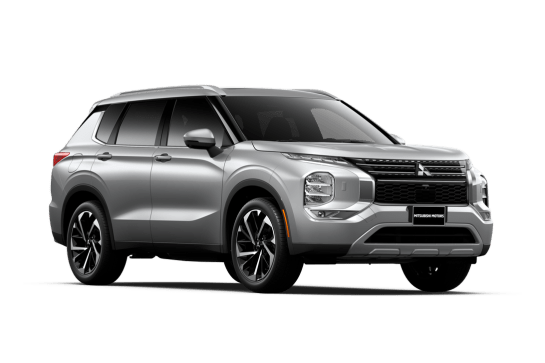
Mitsubishi Outlander VS Ford Everest
Mitsubishi Outlander
Likes
- Meaningful tuning upgrades
- Practical, spacious interior
- Solid ownership terms
Dislikes
- Engine/CVT combo a bit dull
- PHEV not here yet
- Tight third row
Ford Everest
Likes
- Decent all-terrain tyres
- Off-road suspension
- Solid off-road performer
Dislikes
- Firm ride
- Fiddly transmission shifter
- Operating off-road assist tech can be confusing
Summary
Mitsubishi Outlander
In the realm of family friendly mid-size SUVs, few names have the same reputation as Mitsubishi’s Outlander.
While this new one looks almost identical to the previous version, it’s hiding some serious, Australian-flavoured changes under the skin.
But in a segment now full of not only upgraded mainstream rivals, but also new cut-price alternatives from China, does such a modest upgrade to the Outlander do enough to deserve your consideration in such a crowded market?
Read more about
- Forget the mini Toyota LandCruiser FJ and 2026 Suzuki Jimny: Mini Mitsubishi Pajero takes shape as tough little 4WD with production firming for next year
- Aussie tweaked SUV taking on the world: Popular family SUV the 2025 Mitsubishi Outlander now thousands more expensive as it arrives in showrooms to battle the Toyota RAV4, Mazda CX-5 and Hyundai Tucson
- Mitsubishi's long awaited missing piece to launch soon: New three-row SUV to launch in the next 12 months, but will this 2025 Chery Tiggo 8 Pro, Hyundai Palisade, Kia Sorento, MG QS, Nissan Pathfinder and Toyota Kluger rival come to Australia?
We went to its Australian launch to find out.
| Safety rating | |
|---|---|
| Engine Type | 2.5L |
| Fuel Type | Regular Unleaded Petrol |
| Fuel Efficiency | 7.5L/100km |
| Seating | 5 seats |
Ford Everest
The Ford Ranger line-up’s limited-edition Tremor arrived here in the second half of 2024, now the Ford Everest gets its own Tremor.
Based on the Everest Sport, this Tremor is not a limited-edition variant and gets the 3.0-litre, turbo-diesel V6 engine (rather than the Ranger Tremor’s 2.0-litre four-cylinder twin-turbo diesel), and to boost the 4WD wagon’s off-road capability, Ford has given it new longer coil springs, Bilstein dampers and General Grabber AT3 all-terrain tyres.
The Tremor also gets 'Rock Crawl' drive mode, heavy-duty bash plates and side steps, as well as some Tremor-specific styling and branding inside and out.
Read more about
- 2026 Ford Ranger to evolve, expand: what's next for Australia's best-seller as it fends off the facelifted Toyota HiLux, Kia Tasman, next-gen Nissan Navara and MG U9 ute
- World-first Ford Ranger Super Duty shocks with beefy fresh look and bold can-do attitude, but can this Australian-developed pick-up scare the Ram 1500 and Chevrolet Silverado?
- Ford forced to axe cars due to government emissions regulations: 2025 Ford Everest 2WD ditched in Australia as NVES bite, with the Isuzu MU-X in danger too
So, is this bush-boosted 4WD wagon worth your consideration?
Read on.
| Safety rating | |
|---|---|
| Engine Type | 3.0L turbo |
| Fuel Type | Diesel |
| Fuel Efficiency | 8.5L/100km |
| Seating | 7 seats |
Verdict
Mitsubishi Outlander7.4/10
Mitsubishi has leaned into its strengths with this Outlander update, spending its money in subtle areas to upgrade what was already a widely appealing mid-size SUV.
The local tuning has made a notable difference to the refinement and comfort of this version, while subtle updates to the software and interior trim help to refine things even further.
If you’ve had an Outlander before, you’ll love this one, although it doesn’t help the brand to challenge new players on the value front. This leaves you with the decision of whether to pick a brand with the reputation and network of Mitsubishi, or roll the dice on a far more affordable new player.
For what it’s worth, it’s genuinely tough to pick a sweet spot here. I think the best picks are at either end of the spectrum, with the ES being outstanding value, and the Exceed being particularly plush.
Note: CarsGuide attended this event as a guest of the manufacturer, with travel, accommodation and meals provided.
Ford Everest7.5/10
The standard Ford Everest – powered by a 2.0-litre twin-turbo or a V6 – is a nicely refined, comfortable and capable 4WD with plenty of potential as a touring vehicle.
The Tremor treatment doesn’t turn the Everest into a Raptor-esque Everest but it does offer low-key substantial off-road improvements to what was already an impressive 4WD wagon.
This sensible package of upgrades – more ground clearance, off-road-suited suspension, and decent all-terrain tyres – gives this Everest a mild 4WD boost.
Design
Mitsubishi Outlander
Blink and you’ll miss the changes. Actually, squint and you still might miss them. Aside from the eye-catching new 20-inch wheels on the Exceed and Exceed tourer grades and the new ‘Moonstone Grey’ paint colour, it’s hard to tell the new Outlander apart from its predecessor.
Look closer and there’s new lower garnish designs front and rear, a tweaked grille and a smoked appearance for the rear tail-light clusters.
It’s very subtle stuff, but Mitsubishi has chosen to spend its time and money on upgrades on unseen areas.
For example, the bonnet is now steel rather than aluminium, which helps with noise insulation (and also has the side-effect of removing the high-speed ‘fluttering’ effect the aluminium bonnet had on the previous version), there’s additional sound insulation throughout the car, and cladding in the transmission tunnel to make the cabin a quieter place.
Back on the topic of appearance, though, the dash and console has also been tweaked a little. For example, the new screen looks a bit more contemporary, with a much smaller bezel and more attractive software. The console has been rearranged to move the bottle holders to one side of the electronic gear shifter, which makes for a larger centre console.
High-grade leather seat trims also now have alternate patterns, but the range follows the same trims, from cloth on the ES and LS, while the Aspire gets a microsuede and synthetic leather blend, while the Exceed and Exceed Tourer get the ‘high-grade semi-aniline’ leather trim.
Ford Everest
Lift any vehicle a few millimetres and throw decent all-terrain tyres on it and that one-two combination instantly gives the vehicle more track-cred.
And so it goes for the Everest Tremor.
But there’s more going on here than simply increased height and a swap-out of rubber over standard Everests.
As mentioned, it gets Bilstein dampers, new springs, and tough all-terrain tyres which combine to give the Tremor a solid presence.
The new honeycomb-pattern grille with auxiliary LED lights, quite visible steel bash plate, pronounced heavy-duty side steps and orange Tremor branding add to the package.
And inside it gets those Tremor-specific touches, such as the leather-accented seats embossed with Tremor branding, ebony-coloured interior accents and all-weather floor mats.
Practicality
Mitsubishi Outlander
The previous Outlander was already known for having a spacious and versatile cabin, and this continues for the new car with a few small tweaks.
The width and satisfying seat positioning continue, and seats in all grades are generous and comfortable, but particularly the leather seats on the Exceed and Exceed Tourer grade we tested.
Adjustability is good in all positions, and the digital instrument cluster has an attractive dual-dial layout and functional display options. While not the best in class, it’s far better than many rivals.
The touchscreen’s new software is meant to be faster, but I found it a bit laggy still, although the integration of Google’s API into the navigation suite is an excellent tweak, making it relevant and useful for much longer.
The tweaks to the centre console make the area more space efficient and useful, but the new cupholders seem strangely shallow, potentially causing large bottles to tip. The tweaked centre console box is nice and large, and the wireless charger is nice and accessible, although its surface is not quite rubbery enough to stop your phone from leaving the charging area in the corners.
The back seat is noticeably stadium – you sit a fair bit higher than in the first row, which eats into headroom in cars equipped with a sunroof for adults. However, width is good, as is the seat comfort.
The rear doors open nice and wide, which should make fitting a child seat easy enough, and the floor is surprisingly flat, too, which makes the middle position more useful.
The third row, which I sampled in an Aspire grade, is both hard to get into and tight once you’re in there. The second row can slide forward on a rail, offering just enough room for me, at 182cm tall, to fit back there, with my knees hard up against the seat in front, and my head nearly touching the roof.
It is for this reason Mitsubishi calls seven-seat versions ‘5+2’. Good for kids, maybe, but not adults for any extended period of time.
The boot is enormous with two rows in use (485 litres in five-seat versions, or 478 litres in seven-seaters), and for this update, the space now has a wider aperture that should make loading objects easier. Space with seven seats up is 163L. Five-seaters get a full-size spare under the floor, while seven-seaters get a space saver.
Braked towing capacity is a middling 1600kg for petrol-powered variants. The brand says not many Outlander buyers are focused on towing as a key capability for the mid-sizer.
Ford Everest
The Tremor cabin is a comfortably familiar interior – it’s functional and roomy and so scores well in terms of overall practicality.
Driver and front passenger have easy access to storage options, such as the centre console, cupholders, door pockets and a shelf for your everyday-carry stuff as well as charging points (wireless charger, USB and USB-C sockets).
There’s plenty of space for the driver and all passengers (front, second and third row), and the seats are supportive and comfortable, even in the third row.
While that pew is a straight-up-and-down set-up it still manages not to be a complete punishment for those passengers.
Those in the second row get a fold-down centre armrest, door pockets and map pockets as well as air con vents and controls.
The rear cargo area has standard Everest features – with cargo tie-down points and a 12-volt outlet.
A niggle, and one I’ve found in other new-generation Fords, is the multimedia system. It's a decent size with clear and crisp colours and is easy to operate, but I needed to repeatedly stab a finger onto the screen in order to work my way through menus and sub-menus to figure it all out.
My advice is get your head around all of the multimedia system’s functionality while the vehicle is stationary because, to me, some of the screen workings are counter-intuitive and it’s easier and safer to learn all of that while the vehicle is not moving.
Also, the fact some controls are on-screen and some are off it creates more than a little confusion.
Price and features
Mitsubishi Outlander
Let’s get the bad news out of the way first: prices are up across the whole Outlander range.
The increases are modest, contained to between two to three thousand dollars across this mid-size SUV’s sprawling eight-variant range.
It sounds like an overwhelming number of versions but the Outlander is split across five grades in front- or all-wheel drive, with either five or seven seats.
Check out our pricing table below for the detailed prices before on-road costs:
| FWD | AWD | |
| ES (5-seat) | $39,990 | $42,490 |
| LS (7-seat) | $43,290 | $45,790 |
| Aspire (7-seat) | $47,790 | $50,290 |
| Exceed (5-seat) | -- | $55,140 |
| Exceed Tourer (5-seat) | -- | $57,990 |
Traditional rivals in the 5+2 mid-size SUV category include this model's platform-mate Nissan X-Trail (from $38,025 - $59,265) and the Honda CR-V ($41,900 - $59,900), with the Hyundai Santa Fe ($53,000 - $72,500) and Kia Sorento ($50,880 - $84,660) being a price-bracket above.
The biggest issue is the Outlander is facing increased competition from models like Chery’s Tiggo 7 (as a five-seater), which can be had for as low as $29,990 drive-away! Even the most expensive version of the Tiggo 8 (seven-seater) in plug-in hybrid form costs the same as a mid-grade Outlander, at $49,990 (d/a).
Options like this put the choice back in your hands. You can choose a brand with the heritage and support network of Mitsubishi, or you can go with the value of a new player yet to put those runs on the board.
Although it has an almost identical visage to the previous car, there are some major upgrades hidden below the metal. Sure, there’s a tweaked equipment list, but importantly, there’s a completely revised ride and handling tune, which was developed by Mitsubishi right here in Australia using local expertise.
It’s a similar program to the successful ones undertaken by Kia and Hyundai in recent years to improve the handling of their cars, and Mitsubishi in Japan was impressed enough with the depth of the changes that most of them have been adopted to the global tune for the car.
On the topic of standard equipment, LED interior lights and the 12.3-inch digital dash have been made standard across the range, there is now seat ventilation to join the seat heating for the front two positions in the top Exceed and Exceed Tourer grades, while the upper mid-spec Aspire grade scores front seat heating and a heated steering wheel.
The 12.3-inch multimedia screen has also been upgraded, featuring a smaller bezel and more processing power for a faster response rate, as well as a tweaked software suite with a new layout. This screen also hosts wireless Apple CarPlay and Android Auto across the range.
In addition, there’s also the introduction of the Mitsubishi Connect phone app, which features a range of safety and security features, as well as the ability to remotely control things like the ignition, climate system, navigation and locking system.
Across the range the audio system has also been upgraded to an eight-speaker Yamaha-developed system, with the top-spec Exceed Tourer grade scoring a 12-speaker Yamaha system with up to 1650W of power.
The interior now uses higher-quality materials, according to the brand, with extended upholstery across the range. The top-spec Exceed Tourer also scores a new brown interior colour.
A 360-degree parking camera is now standard across the range, and the safety suite also includes the driver monitoring system and traffic sign recognition system as also used in the Triton.
The plug-in hybrid version, which is what the Outlander is arguably most famous for, is not yet available, but Mitsubishi tells us it will arrive in a few months time, at very least before the end of 2025, and it, too, will carry an Australian-developed ride and handling tune.
Ford Everest
The seven-seat Ford Everest Tremor 4WD 3.0 V6 diesel auto has a listed price of $76,590, excluding on-road costs, putting it between the Sport and top-spec Platinum in the Everest range.
That pricing pits it against the likes of the GWM Tank 500 Hybrid Ultra ($73,990 drive-away), Isuzu MU-X ($74,400, excluding on-road costs) and Toyota Prado GXL ($79,990, excluding on-road costs).
However, price 'as tested' on our test vehicle is $84,390 because this Tremor has 'Prestige Paint' ($700, 'Command Grey'), the 'Premium Seat Pack' ($1100), 'Touring Pack' ($2500) and 'Rough Terrain Pack' ($3500).
The Tremor Premium Seat Pack includes heated/vented front driver and passenger seats, eight-way power passenger seat and 10-way power driver seat (with memory).
The Touring Pack includes a 360-degree view camera set-up, tow bar and hitch, an integrated trailer brake controller and trailer back-up assist.
The Rough Terrain Pack includes what Ford Australia describes as “Under Vehicle Armour” (aka bash plates), a Rough Terrain Bar (a nudge bar on steroids) and an auxiliary switch bank.
Worth noting Ford Australia advises fitment of the Rough Terrain Bar “means the vehicle is considered 'unrated' by ANCAP”.
Also available is the 'Towing Pack', which includes a tow bar and integrated trailer brake controller.
Otherwise, standard Tremor features include a 12.0-inch digital multimedia system (wireless Apple CarPlay and Android Auto), wireless charging, an 8.0-inch digital driver’s display, as well as heavy-duty side steps and black wheel arch moldings, among many other things.
It also gets Tremor-embossed leather-accented seats, ebony-coloured interior accents and all-weather floor mats.
As mentioned earlier, the Everest Tremor gets Bilstein dampers, new springs, the all-terrain tyres (LT 265/70 R17) and low-speed Rock Crawl added to its off-road driving modes.
Other Tremor-specific features include a new grille, auxiliary LED lights, a steel bash plate, heavy-duty side steps and orange Tremor branding.
As a result of the Tremor treatment, this Everest has a claimed 255mm ground clearance (26mm more than the closest Everest model), the best off-road angles of any Everest (more about those in the Driving section) and the tightest turning circle of the Everest line-up (measuring 11.65m to best the rest of the field’s 11.8m).
Exterior paint choices include the no-extra-cost 'Arctic White', or 'Shadow Black', 'Meteor Grey', or 'Command Grey' which all cost $750.
Under the bonnet
Mitsubishi Outlander
The petrol-powered Outlander soldiers on with a drab non-turbo, non-hybrid 2.5-litre four-cylinder engine, mated to a continuously variable automatic transmission.
The brand calls this combination “proven” and it’s hard to argue given it hasn’t cropped up with any major reliability issues in the pre-facelift car.
Still, it produces a middling 135kW/244Nm, not as punchy as many turbo options, and nowhere near as efficient as hybrid alternatives.
Those seeking a more powerful fuel-sipping option may want to wait for the PHEV version arriving later this year.
Ford Everest
As mentioned right at the start, the Everest Tremor has a 3.0-litre V6 turbo-diesel engine – producing 184kW at 3250rpm and 600Nm at 1750-2250rpm – and that’s matched to a 10-speed automatic transmission.
It also gets the line-up’s full-time 4WD system. This system has selectable two-wheel drive (2H), four-wheel drive high-range (4H), four-wheel drive low-range (4L) and four-wheel drive automatic (4A = 4Auto) that sends drive to the front and rear axles as needed, and which can be safely used on high-traction surfaces, such as bitumen.
Efficiency
Mitsubishi Outlander
As a result of its relatively old-school sounding powertrain, fuel consumption isn’t at the forefront of the petrol-powered Outlander, with official consumption ranging between 7.5L/100km for the lightest five-seat ES 2WD version, to 8.1L/100km in the heaviest, top-spec Exceed Tourer AWD.
C02 emissions are also on the high side, which the brand will no doubt be off-setting with the new PHEV version which will offer even more emissions-free driving range than before.
One benefit of this long-serving engine, though, is it can be fed entry-level 91RON unleaded, better for the back pocket. The petrol-powered Outlander has a 55-litre fuel tank.
Ford Everest
The Tremor has the highest listed fuel consumption of the Everest line-up: 9.5L/100km on a combined (urban/extra-urban) cycle.
I recorded an average of 11.2L/100km on this test.
The Tremor has an 80-litre fuel tank so, going by my on-test fuel-consumption figure, you could reasonably expect a driving range of about 714km from a full tank.
Worth noting the Tremor requires AdBlue diesel-exhaust fluid.
Driving
Mitsubishi Outlander
The Australian team had a significant amount of input on the driving dynamics of this new Outlander, but does it make a big difference behind the wheel?
We were granted the chance to drive the old one alongside the new version to find out, and the changes are significant.
Overall, the character of the car hasn’t been fundamentally altered. This is still a somewhat plush and soft-around-the-edges family SUV, but redeveloped new suspension parts and even very minor, nerdy modifications like the thickness of sway bars have added up to a much more pleasant vehicle to spend an extended amount of time in.
The first thing you’ll notice is the retuned steering. Mitsubishi’s engineers tell us the tweaked feedback was all down to the software in the rack, and it’s a big difference, upping the firmness of the steering at low speeds, keeping the vehicle on track with more confidence while heading straight, and also removing a slight twitchiness with sudden adjustments.
Next is the cabin ambiance. The new Outlander is a relatively quiet place to be thanks to the extra insulation throughout. It combines with the new steering to give the car much more of a sense of heft than before. The engine is reduced to a distant thrum, and the road is damped away for the most part. Mitsubishi says the 20-inch wheels are a particular hit with buyers, which to me is a shame because I’m willing to bet it’s particularly comfy on the lower-grade tyres.
Elsewhere, the Outlander has a softer initial response to bumps thanks to retuned shocks, and the reduced width of the front sway bar makes for less ‘head toss’ for front seat occupants.
Does it make a significant difference? Yes. The new Outlander is all-round better balanced and better suited to our road conditions. It might not have the sophistication of more expensive options, and it still might be a tad off what the also balanced-and-comfortable RAV4 offers, although it will be interesting to get one back to see how it compares to rivals in a like-for-like test.
Just expect a much more comfort-oriented option than some rivals. These changes don’t make the Outlander as fun to drive as a Mazda CX-5 or a Skoda Kodiaq. For example, while the 2.5-litre engine and CVT combo provides a surprisingly urgent initial response, it's a dull, rubbery power application from there on.
Ford Everest
Overall, the Tremor is nice to drive on road. It’s quiet, refined and comfortable and the engine and transmission make a cluey, unstressed pairing.
However, the Tremor’s suspension – engineered to improve the vehicle’s off-road capability – is firm through sections of back-country bitumen and even mildly corrugated bush tracks.
Also, this Everest’s all-terrain tyres don’t help ride quality or noise levels on sealed surfaces. But that’s no surprise and a very minor trade-off when the Tremor's potential as a touring vehicle is so high.
On the open highway at cruising speed, the Tremor exhibits all of the smooth-driving characteristics the Everest line-up is well known for.
It sits nicely on the road, that wide wheel track (a 30mm increase in width to 1650mm) gives it a solid stance and this V6 ute simply rumbles along.
So, how does it perform in 4WD territory? Well, it’s based on the Everest Sport, which is no off-road loser, so you’d assume the Tremor would do okay.
However, we all know if you assume, it makes an 'ass' out of 'u' and 'me'… but the Tremor has been engineered to outperform the standard Everest in the dirty stuff. Unsurprising spoiler alert, it does, but only marginally.
The Everest Tremor is 4914mm long (without the towbar hitch receiver; 4978mm with), 2015mm wide (mirrors in; 2207mm, mirrors out) and 1904mm high.
It has a 2900mm wheelbase and a listed kerb weight of 2550kg, the latter making it the heaviest Everest in the line-up.
This is not a diminutive wagon but it has the smallest turning circle (11.65m) in the Everest range and its dimensions don’t hamper it in the bush.
As mentioned earlier, when you add running ground clearance to any off-roader its off-road performance will be improved. The Tremor has more ground clearance (255mm) than its stablemates but, as with any measurements provided by vehicle manufacturers (ground clearance, wading depth, towing capacities, etc), always regard those figures with a healthy degree of scepticism.
Wading depth is listed as 800mm and its off-road angles are in line with market rivals: for your reference, approach, departure and ramp-over angles are listed as 32, 26.8 and 23.9 degrees, respectively.
This wagon’s 3.0-litre turbo-diesel V6 offers plenty of torque across a broad rev range, the 10-speed auto is clever – no flip-flopping between ratios here – and you can use the manual shifter if you get the urge.
Low-range gearing is adequate and the Tremor has an electronic rear diff lock.
The Tremor has a variety of selectable on- and off-road drive modes, including 'Normal', 'Eco', 'Tow/Haul', 'Slippery', 'Mud/Ruts', 'Sand and Rock' and the Tremor-specific 'Rock Crawl' plus a locking rear diff.
These off-road driving modes are no substitute for track-worthy 4WD mechanicals but they help by adjusting engine, throttle, transmission, braking, traction and stability controls to suit the driving conditions.
Off-road traction control is effective without being spectacular. There’s a bit too much wheelspin for my liking.
Off-road applications are displayed on screen – with driveline/diff lock indicators, steering, pitch and roll angles depicted. Hill descent control held the Tremor to a steady 3.0-4.0km/h as I crawled down a difficult slope.
The power steering, light and sporty in all scenarios, has been tweaked with a heavy-duty tune and it retains a confident feel in difficult conditions.
Heavy-duty off-road engineering has bolstered the suspension set-up with new springs and Bilstein dampers with external reservoirs.
Wheel travel – how far the axle can move up and down vertically wheel-to-wheel relative to the chassis – is slightly better than a standard Everest’s, with this wagon’s tyres stretching a little further than the regular version’s.
Again, as I mentioned earlier, by replacing an off-roader’s standard road-biased rubber with a set of decent all-terrain tyres its off-road capability will be improved. And that’s exactly what Ford has done.
The Tremor's General Grabber all-terrain tyres feature light-truck construction. They are grippy and very effective in dirt, loose gravel, slippery clay and the like.
There are a few niggles, though.
I’ve previously expressed annoyance at the auto transmission shifter – a kind of joystick on a light cycle of steroids and just as touchy. It’s especially finicky on bumpy terrain but it’s another Everest-based characteristic to which I’ve become somewhat accustomed.
The operation of some off-road driver-assist tech can be confusing as it’s divided between the rotary dial (to select drive modes) and the screen (to engage the rear diff lock etc). Not a deal-breaker, but it takes some getting used to.
The brake pedal is spongy – taking some time between initial foot pressure to ‘biting', but then the brakes – discs all around – do clamp into action.
As for packability, there is a listed 259 litres (VDA) of space in the rear-most cargo area (with all three rows of seats in use), 898L (VDA) when the third row is stowed away and 1823L (VDA) when the second and third rows are lowered.
The Everest Tremor has a listed payload of 690kg, and towing capacities of 750kg (unbraked) and 3500kg (braked).
It has a listed GVM (Gross Vehicle Mass) of 3240kg and a GCM (Gross Combined Mass) of 6350kg. Remember: any onboard loads – such as people, pets, camping gear or aftermarket equipment (bullbar, roof rack etc) – must figure in your payload and GVM equations.
Safety
Mitsubishi Outlander
The Outlander has a robust array of active safety kit, with all the key gear like autonomous emergency braking, lane support, blind-spot monitoring and rear cross-traffic alert available across the range. Traffic sign recognition and driver attention monitoring is now available from the new Triton, however it is also worth noting some relatively minor items are only available on higher grades.
The ES and LS grades miss out on adaptive high beams, traffic jam assist and steering assist (although they maintain lane departure warning and lane-keep assist).
Mitsubishi is hoping the updated Outlander will qualify for a continued five-star ANCAP safety rating held by the pre-facelift model.
During our drive we also found the lane-keep and driver attention software (which was much-derided at the launch of the Triton) was reasonably well behaved, with the brand saying it had had significant software tweaks over time to make it less invasive. We’ll need to save our final verdict on this system for when we spend an extended time behind the wheel.
Ford Everest
The Everest Tremor has the maximum five-star ANCAP safety rating from testing in 2022.
Standard safety features include nine airbags - front, front side, driver and front passenger knee, full-length curtains plus a front-centre bag - AEB, adaptive cruise control (with stop and go), lane-departure warning, lane-keep assist, blind-spot monitoring (with cross-traffic alert and trailer coverage), a reversing camera and more.
Off-road driver-assist tech includes specific driving modes, Rock Crawl mode, 'Trail Control' and 'Trail Turn Assist'.
And remember, as mentioned earlier, if the Rough Terrain Bar is fitted, the vehicle is regarded as 'unrated' by ANCAP.
Ownership
Mitsubishi Outlander
Mitsubishi continues to offer its near-industry-leading 10-year/200,000km warranty, conditional on the car being serviced at a Mitsubishi dealer. Otherwise, it reverts to a five-year/100,000km promise.
The 10 years of warranty is joined by 10 years of capped-price servicing required at 12 month or 15,000km intervals.
Prices are tame, varying between $320 and $680 per visit, for a total yearly average of $434. It’s not the cheapest yearly average out there, but most brands also don’t have capped price servicing extended this far, so it seems like a good deal regardless.
Ford Everest
The Tremor is covered by Ford’s five year/unlimited kilometre warranty, which is the standard for this part of the market.
Roadside assistance is complimentary for 12 months after each service, extended for up to seven years as long as the Tremor’s owner has it serviced at an authorised Ford dealership.
Service intervals are scheduled for every 12 months or 15,000km and a capped-price servicing plan applies to the first five years/75,000km with a $2550 cost attached ($510 per service).
For reference a comparable Toyota LandCruiser Prado will set you back $390 per workshop visit, but that car's service interval is more frequent at six months/10,000km.




